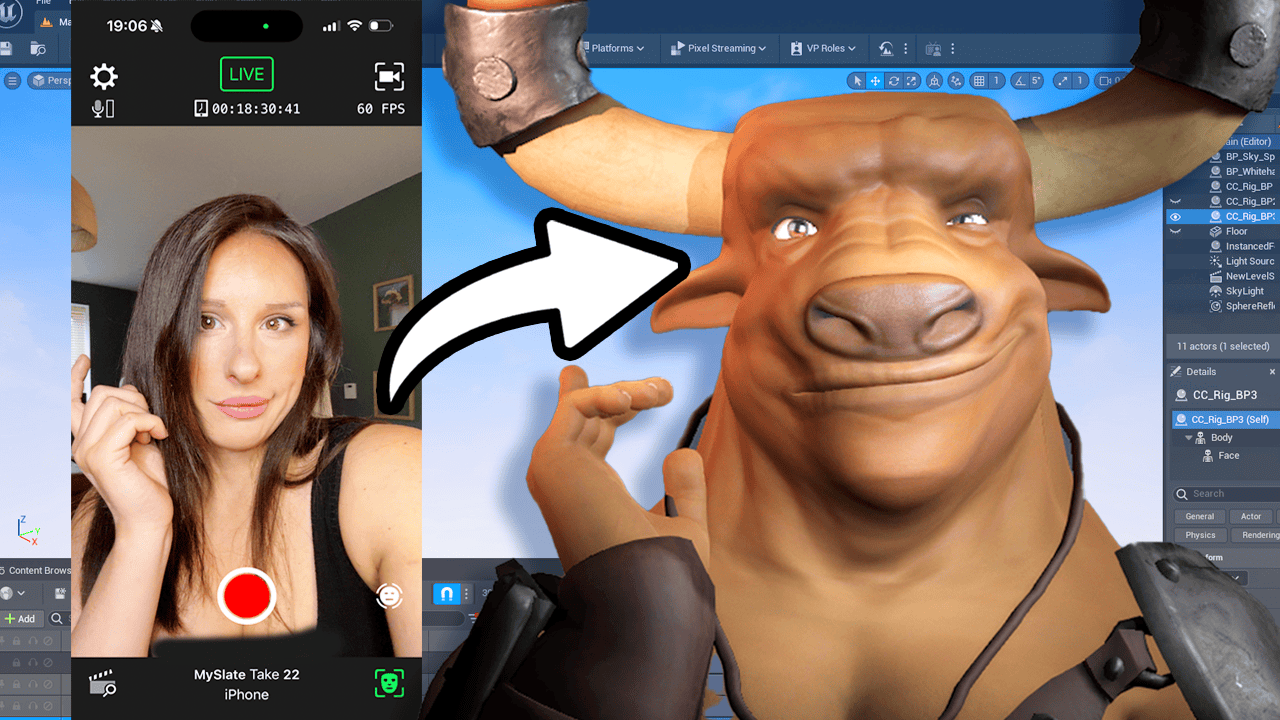Neural network denoiser is a machine learning technique that uses a neural network, usually a convolutional neural network (CNN), to remove noise from a signal, such as an image, a video, or a code block. Neural network denoiser can be used for various purposes, such as improving the quality, the performance, or the efficiency of the signal processing. In this guide, you will learn what neural network denoiser is, how it works, and how you can use it for your own projects.
What is neural network denoiser?
Neural network denoiser is a form of denoising, where the goal is to reduce or eliminate the noise that is present in a signal, such as the random variations, the artifacts, or the errors that degrade the signal quality. Noise can be caused by various factors, such as the environment, the equipment, the transmission, or the compression. Noise can affect the signal in different ways, such as reducing the contrast, the sharpness, the resolution, or the accuracy of the signal.
Neural network denoiser works by using a neural network, usually a CNN, to learn the features and representations of the signal data and to generate a new signal that matches the original signal, but without the noise. A CNN consists of multiple layers of filters that extract different levels of information from the signal, such as edges, shapes, textures, and colors. The CNN can be trained on a large dataset of signals to learn the general features of the signal domain, or it can be trained on a specific pair of signals to learn the specific features of the original and the noisy signals.
How does neural network denoiser work?
Neural network denoiser works by defining a loss function that measures how well the output signal preserves the original signal, while removing the noise. The loss function can be based on different criteria, such as the mean squared error, the perceptual similarity, or the structural similarity. The output signal is then optimized to minimize the loss function, while satisfying some constraints, such as the pixel range or the smoothness.
Neural network denoiser can work on different types of signals, such as images, videos, or code blocks. Neural network denoiser can also work on different levels of signals, such as spatial or temporal. For example, neural network denoiser can be used to remove noise from a single image, a sequence of images, or a video. Neural network denoiser can also be used to remove noise from a code block, such as a channel code, by working on the code level rather than the symbol level.
How can you use neural network denoiser?
Neural network denoiser is an open-source technique that you can access and use for free. There are several ways to use neural network denoiser, depending on your level of expertise and your needs.
If you want to try neural network denoiser online, you can use the website https://pixop.com/filters/denoiser/, where you can upload your own images or videos and see the denoised results. You can also browse the gallery of signals denoised by other users and see the difference before and after the denoising.
If you want to use neural network denoiser on your own computer, you can download the code and the model from the GitHub repository https://github.com/styletransfer/styletransfer. You will need to install some dependencies and follow the instructions to run the model locally. You can also modify the code and the model to suit your own needs and preferences.
If you want to use neural network denoiser in your own applications, you can use the NVIDIA OptiX™ AI-Accelerated Denoiser https://developer.nvidia.com/optix-denoiser, where you can integrate neural network denoiser with other models and tools, and create your own workflows and interfaces. You can also use the OptiX API to access neural network denoiser programmatically from your own code.
Neural network denoiser is a powerful and versatile technique that can help you improve, enhance, or create signal content. Whether you want to use it for fun, for art, or for research, neural network denoiser is a technique worth exploring and experimenting with. Have fun and be creative with neural network denoiser!





